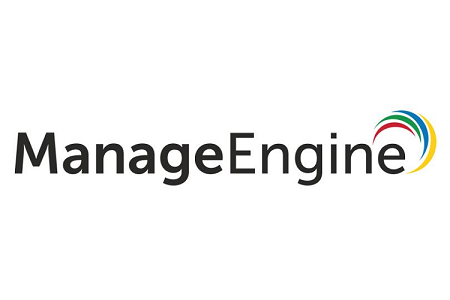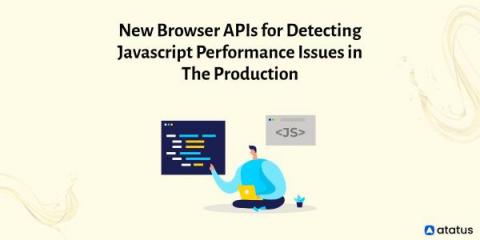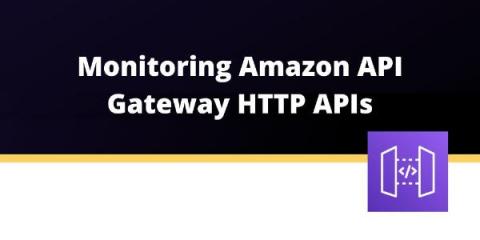Contributing Cool Community Content to Calico
It’s right there on our community page—the statement that “Project Calico is first and foremost a community.” With that in mind, we wanted to make it easier for new contributors to get involved. It’s a win-win scenario—developers experience less frustration, they can get their work done, and have their contributions considered. Plus, the project can easily benefit from the contributions.











